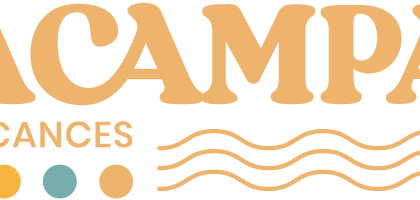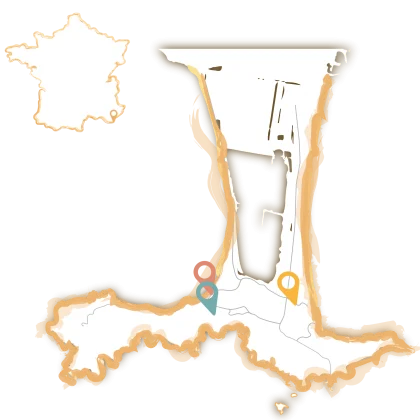Discover the exceptional underwater biodiversity of Port-Cros National Park!
Port-Cros is Europe’s largest marine park. It abounds in exceptional biodiversity, with 500 species of algae and 180 species of fish! Its primary aim is to protect the natural marine and terrestrial heritage. It aims to preserve species and their natural habitats. Whether you’re a beginner or an experienced diver, you’ll love the park! We can’t sum it all up in a single article, but here you can read about all the riches of the island of Port-Cros… Here’s our selection of marine flora and fauna for this first discovery.
The Brown Grouper
Do you know our local mascot? The Brown Grouper, with his pouty lips and quizzical stare, is sure to amaze you!
It’s in the rocks of Port-Cros National Park that this shy fish likes to hide. Occasionally, divers are lucky enough to catch a glimpse. If you’re out exploring, chances are you’ll come across it.
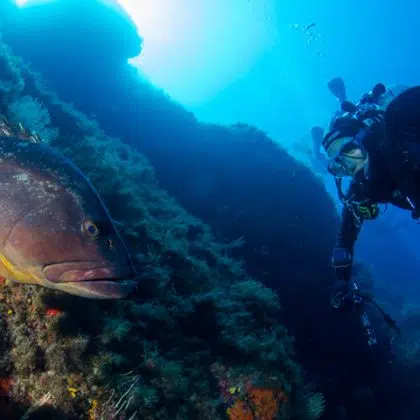
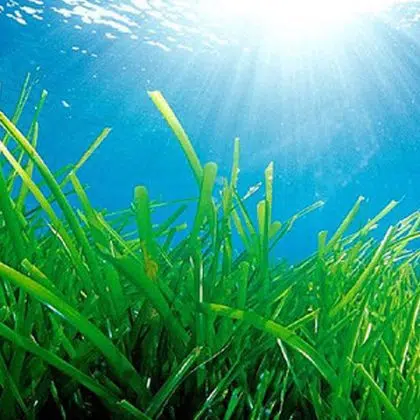
Posidonia
The second local feature of the Port-Cros National Park is the posidonia. The ecosystem it forms is protected internationally. Indeed, posidonia, a true source of coastal biodiversity, has been protected since 1988 by a national decree.
In the Port-Cros National Park, this seagrass bed extends to a depth of 40 meters, helping to preserve coastal sandy areas.
In France, natural spaces are very popular. This is mainly due to the fact that they are freely accessible and free of charge. Unfortunately, their heavy use has a negative impact on ecosystems, increasing waste and even tourism. In order to avoid too great a negative impact, and to regulate a massive influx of tourists, some communes have already taken the initiative by issuing by-laws.
In order to protect all natural areas, a national law is required, hence the study of a bill on the regulation of tourist hyper-frequentation. Some communes are already thinking of introducing online reservations to control visitor numbers.
The coralligenous
Another special feature of Port-Cros National Park is the coralligenous. This underwater ecosystem is characterized by an abundance ofcalcareous algae. Here, it develops on the rocks at depths of around twenty meters. In the Mediterranean, there are two types of algae: green algae and red algae.
The main species are the red algae known as ” builders”. In this nature reserve, we also find ” eroding” species: they either consume the coralligenous (starfish, sea urchins, etc.), or dig galleries (sponges, molluscs, crustaceans, etc.).
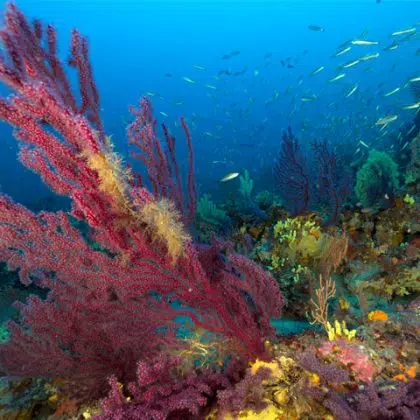
Endangered species
For over 30 years, the Port Cros National Park has been working to protect the local flora and fauna: regulating overfishing (a moratorium has protected grouper since 1999), raising awareness of boat anchoring, and taking action against pollution. Thanks to these measures, divers are able to admire the preserved seabed.
So, are you seduced?
All you have to do is contact our diving school partner Divin’Giens to book your diving session and admire the wonders of our seabed!
